Halifax, Nova Scotia, Canada, December 2021
Fredericton, New Brunswick, Canada, January 2022

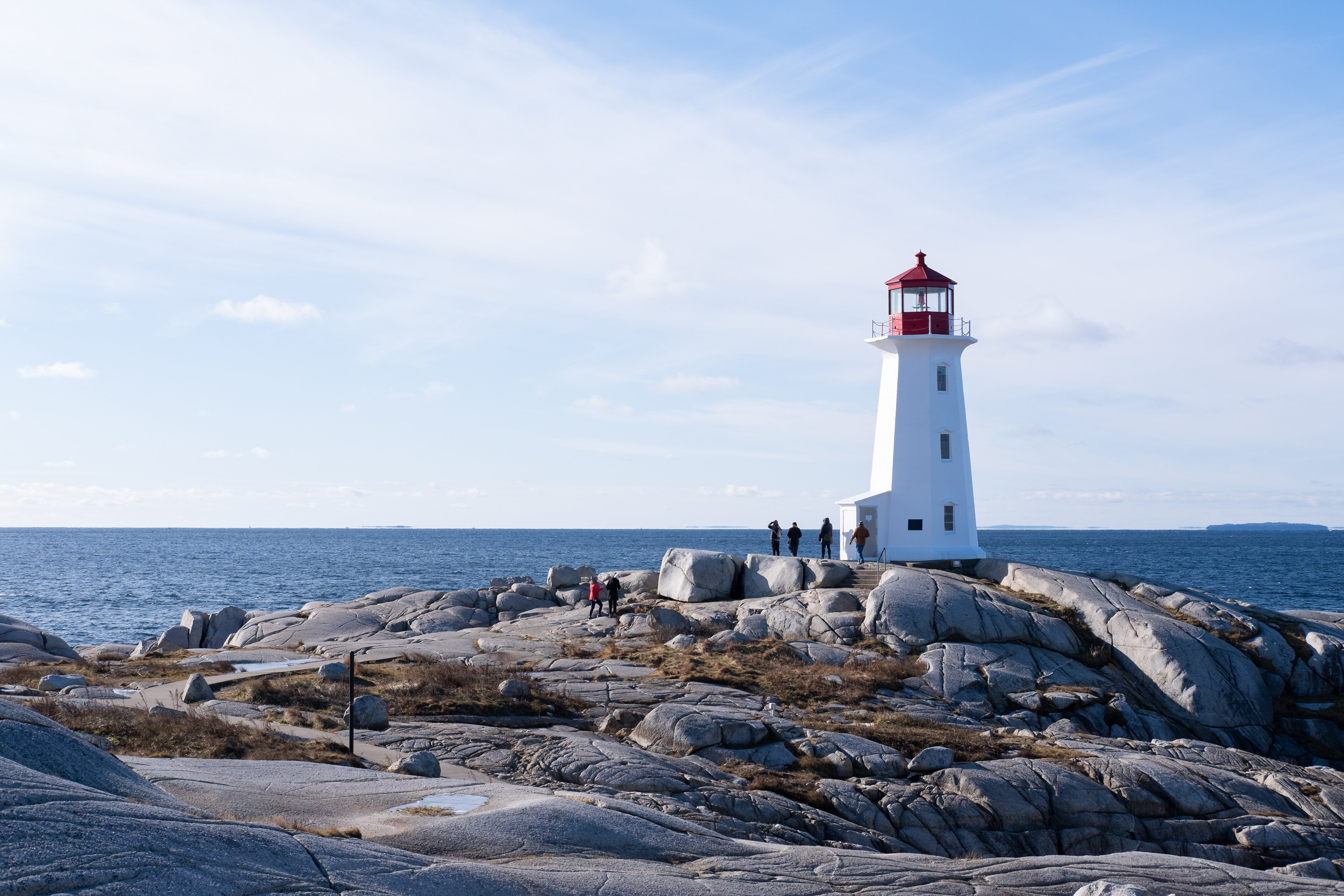
National Park of Mount Tremblant, Québec, Canada, Novembre 2021
Montréal, Québec, Canada, November 2021
Saint-Anne des Monts, Gaspésie, Québec, Canada, December 2021
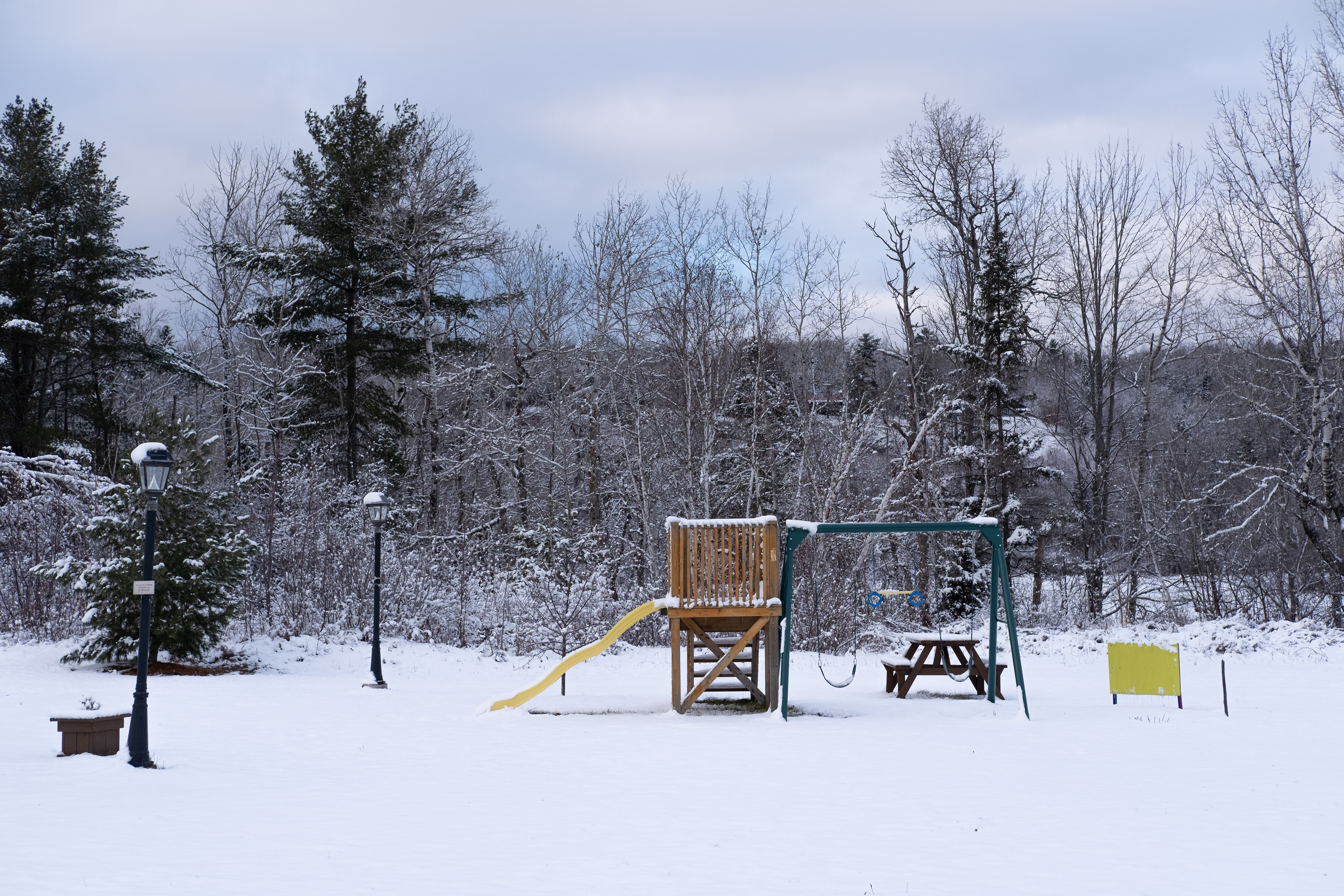

National Park of Mount Tremblant, Québec, Canada, November 2021
Rivière du Loup, Québec, Canada, Janvier 2022
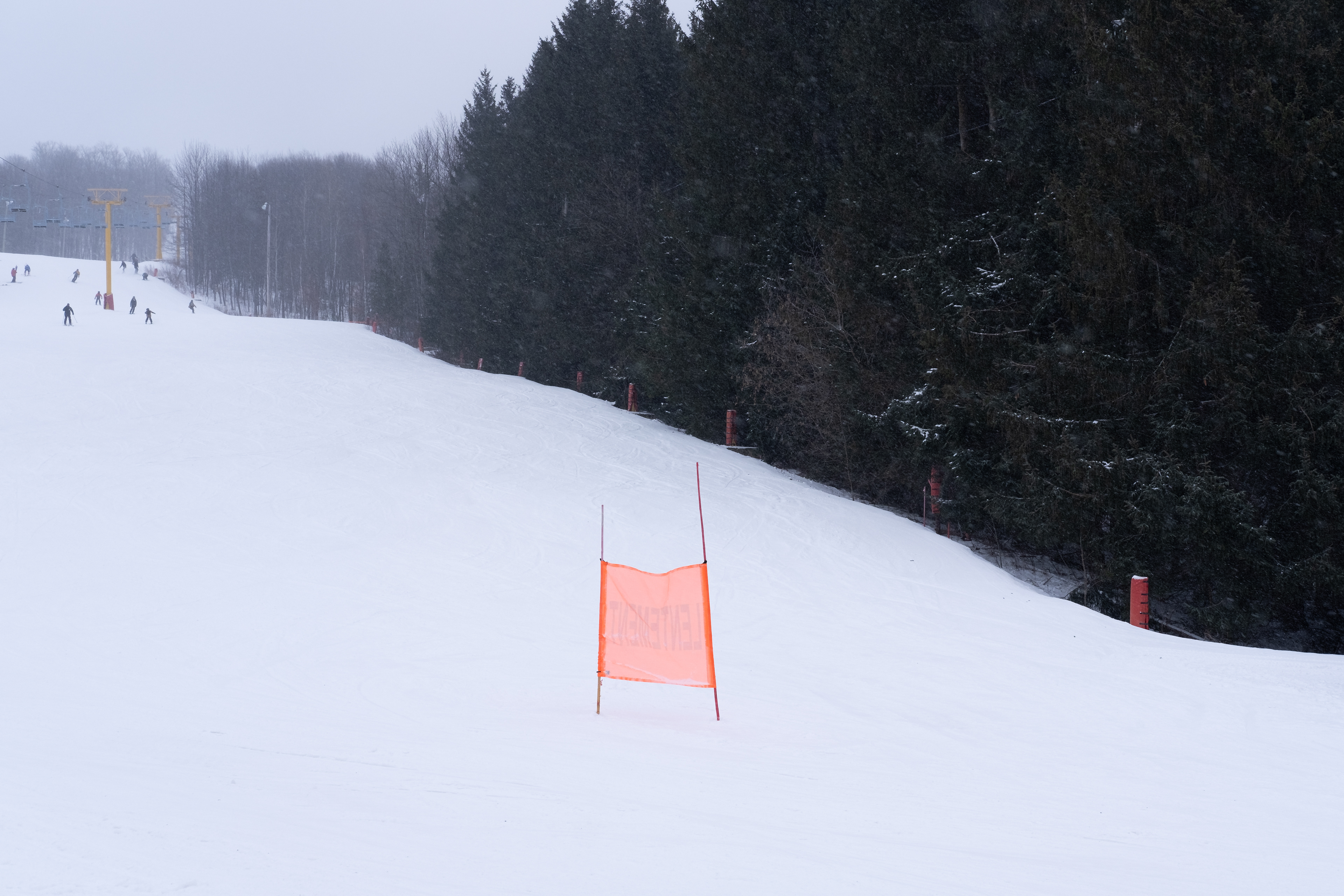
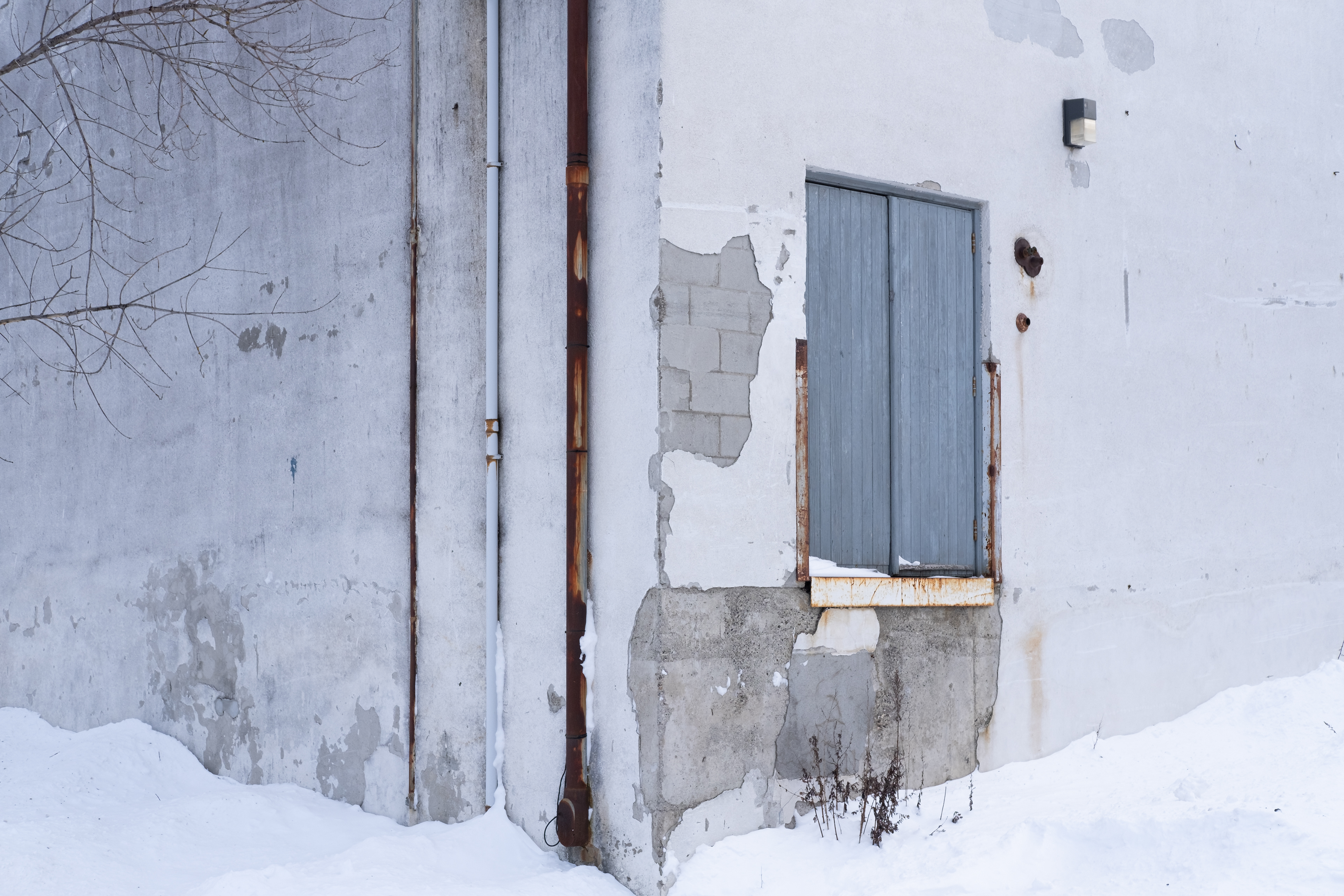
Acadie, New Brunswick, Canada, November 2021
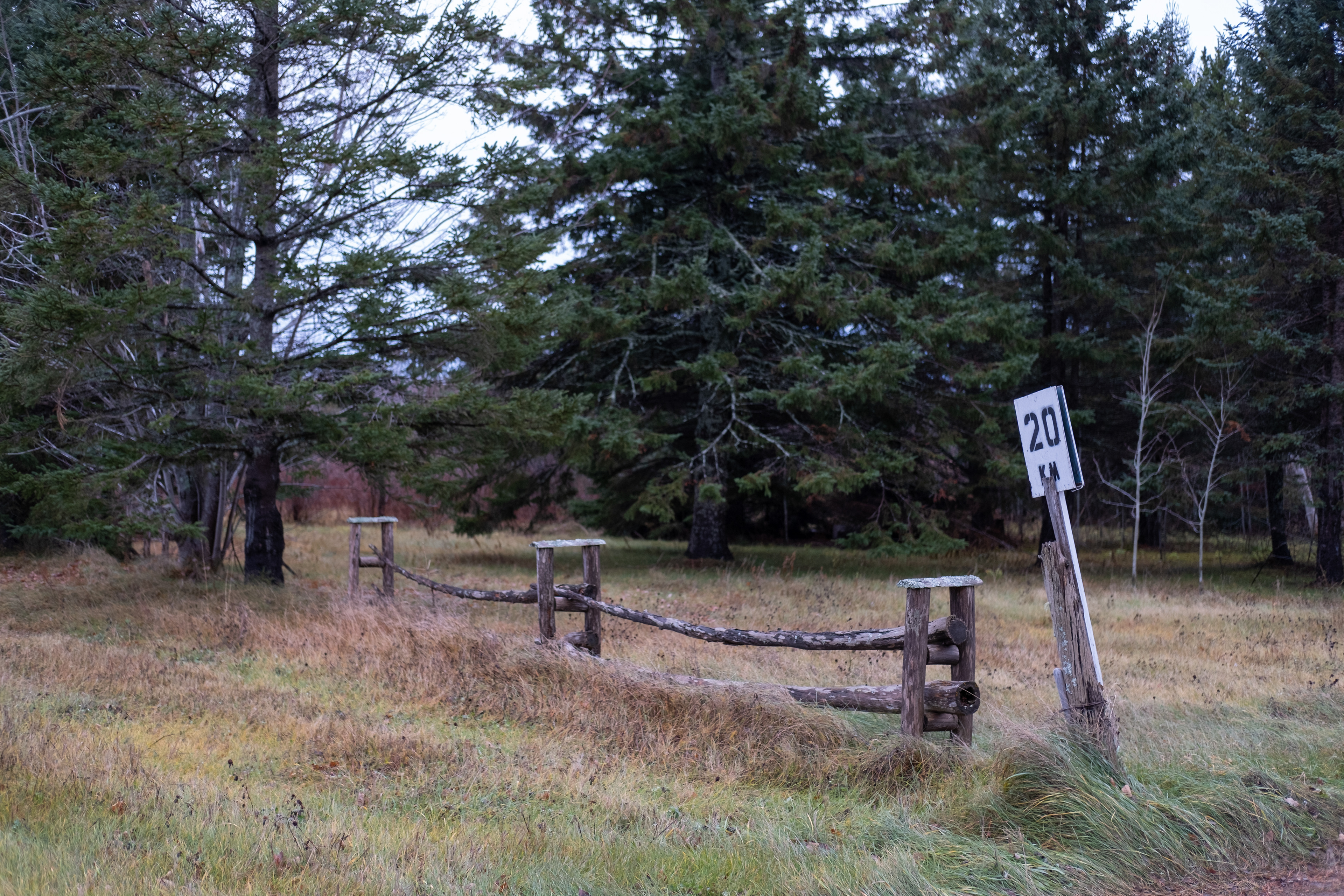
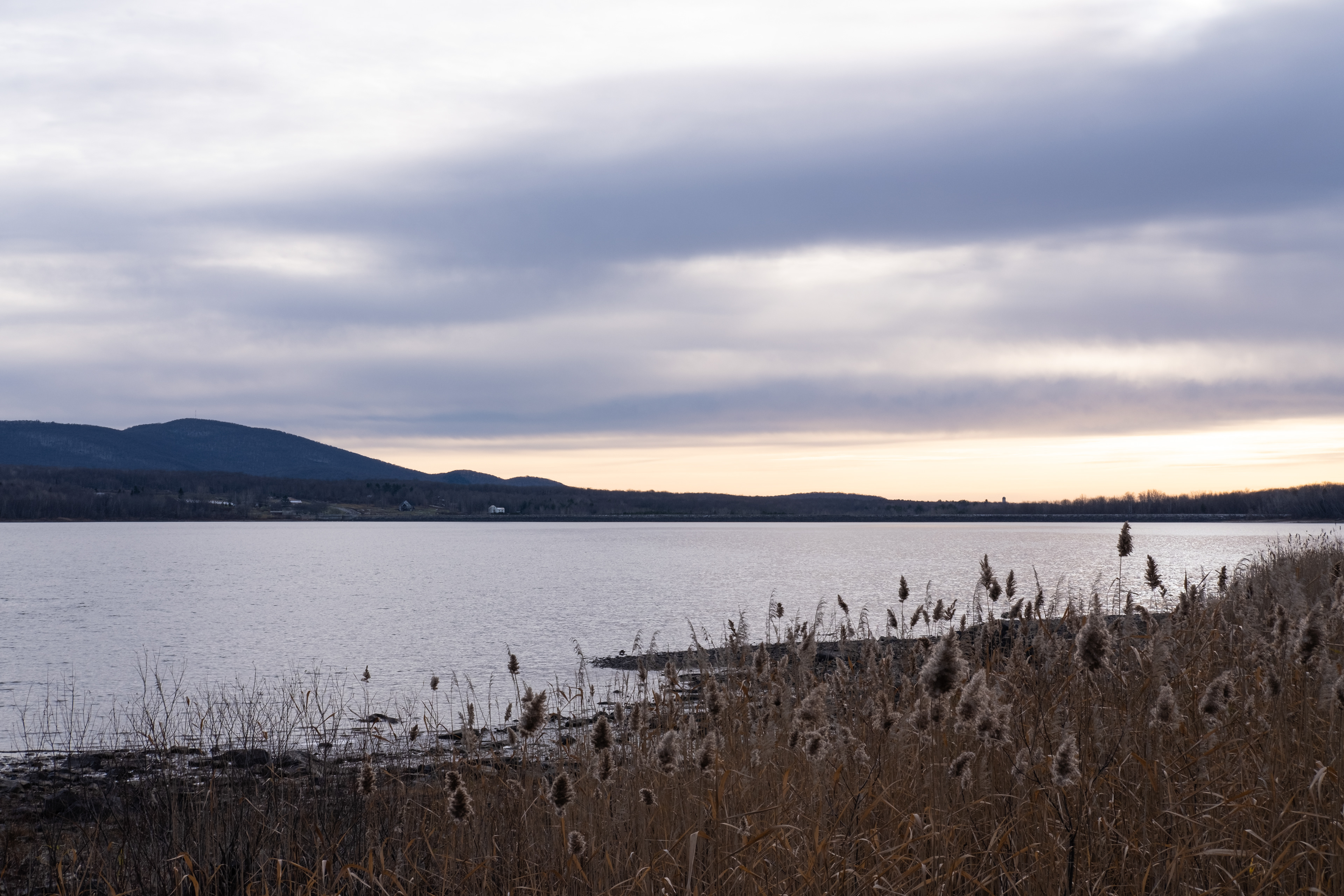
Fredericton, New Brunswick, Canada, December 2021
Saint-Anne des Monts, Gaspésie, Québec, December 2021
On the road, Canada, November 2021
Nestled in the coastline of the Atlantic lie the Canadian provinces of New Brunswick, Nova Scotia, Prince Edward Island and the communities that inhabit the outlying territories of Newfoundland and Labrador. The region is often overshadowed by its domestic neighbors, Quebec and Ontario, in both economic prowess and popularity but its almost untouched beauty makes it unique as maybe one of the last places to experience small town joviality, in the North American East coast.
To spend summer and spring in the region is almost deceiving of the brutalness that it experiences during winter. Passing a winter season here, we experienced a journey that often left just the two of us between snow covered plaines on roads that are closer to wilderness than to cellphone coverage and signs that warn us that indeed we are in the territory of Moose and Black Bears. Yet we came up on villages, dotted across vast scapes of land, that reminded us of the mingling, diversity and interactions that had happened here since the “finding” of North America. By going through the villages of the Acadians, the traditional grounds of the Wolastoqiyik First Nation, the leftovers of churches, forts and lighthouses built by the British and the French seep in the realization that close encounters between civilisations have happened here that has forever changed both peoples.
Traveling up to Tracadie-Sheila (one of the traditional Acadian Villages) the air was one of intimidation and discovery, as the snow falls down so does the light, with nightfall as early as 4 PM. On the road in Canada under the spell of winter, for company comes not just car tunes and laughs but also trysts with nature in many forms: from blowing snow to sudden bursts of hail and very low visibility. Oftentimes, as newly christened residents of the region, we had the urge to turn back, too scared of what lies ahead, too intimidated by the bounties of nature and its creatures that you can encounter almost by surprise. With the many signs and warnings of Moose in the region and its tendencies to wander into the road, our trip required us to be cautious, careful and give all of our undivided attention to the nature that engulfed our being.
But that is Canada, in return for its magnanimous countryscapes, you had to trade in the comfortability of the familiar, to being okay with being isolated, away for long strides between cities and villages and going by intuition and not entirely based on navigation systems and weather prediction-which change as quickly as time. Covering a humble part of the east coast, we thought we had seen a good fragment of what the land offered but flying cross-country to the West Coast just as spring started brought a whole new perspective on the vastness of Canada.
Yet, communities continue to persist along these seldom crossed routes speaking to the core of the Canadian population: immigration; that one phenomena which backed the boom of the region in the early 20th century and the key to its revival in the 21st.
Text : Hannah Elizabeth John
Photos : Corentin Schimel